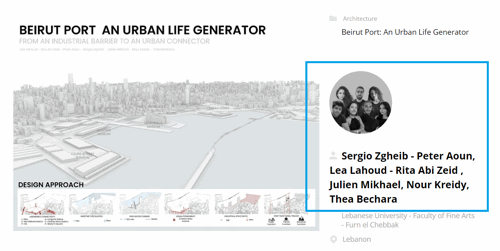CELEBRATING LAND AND CULTURE

Project idea
The historic Ashkar Dighi is three centuries old and presently covers an area of no less than five acres (about 15 bighas), and so must be protected by law.The age-old water body, with which the history of Chittagong city is entwined, was originally 8.49 acres (about 25.5 bighas) back in 1898. It has shrunk to five acres now. Second Mughal Commandant of Chittagong Nawab Abdullah Beg alias Ashkar Khan Bajme Sani dug the dighi to supply water to soldiers in 1669-1671.The rest was earth-filled and grabbed by influential locals.Just a decade ago or so, people living around it drank from it and washed clothes and bathed in it. Today it is too polluted for any use. Locals say a hundred slums alongside illegal houses, shops and other structures have sprung up on the four banks. The garbage and filth generated in those slums and houses have been a major source for pollution of Ashkar Dighi.The once-beautiful historic Ashkar Dighi in Chittagong city barely seems to be a water body due to thickly grown water hyacinths and illegal slums and structures which fence it.
Project description
Due to rapid growth of urbanization and economic demand, we are continuously losing our fields, our free lands, open sky, ponds, lakes; actually our breathing spaces. Sometimes for zoning policies, migration or transferal of a particular business or activity, a place like waterfronts, body of water, military or industrial sites can lost its importance, kept vacant and become a dead place. These are all called LOST SPACES in urban context. Renewal of the lost spaces might open up the new visions. This paper will discuss about one of these lost spaces; an urban water body and its renewal process. Under a proper design and guidelines method, a lost water body might open up the new opportunities to make the urban life more sustainable; where architecture, landscape and water can build up a synthesis. We can achieve social equity, economic progression, environmental education, vegetation as well as a breathing space for locality.
Technical information
The development control process must ensure that these listed sites/structures are not affected by any development proposals.
These treasures need to be on 'Display'- to preserve them for posterity and in doing so generating income through tourism, leisure and recreation.
Neighborhood Renewal and improvement areas. Land Management techniques will be applied as relevant.
Low density High income housing may be permitted in the three hills of Sarson Road, Chatteswari Road, S.S. Khaled Road and lcl Hill. ln this Strategic Open Space, plot coverage and building height will be permitted based on the decision of Nagor Unnayan Committee. Jogging tracks and pedestrian paths (3'-4') traversing the undulating edges along the main roads may be constructed. This would ensure safe pedestrian movement. lmplementing Agency : CDA/Private land and housing developers / land owners For development in the hills of the Strategic Open Spaces, a NOC from the proposed, 'Nagar Unnayan Committee Chittagong' has to be obtained.
Religious, education and heritage sites within or adjacent to these sites will be protected and sufficient buffer areas for aesthetic and visual appeal and ease of access to these sites.
Retaining and preservation of 18 ponds of 0.5 acres and above as well as 3 big dighis namely Deba Dighi, Ashker Dighi and Lal Dighi. The accumulated size of these existing ponds and dighis proposed to be preserved equal to approximately 39 acres.



























